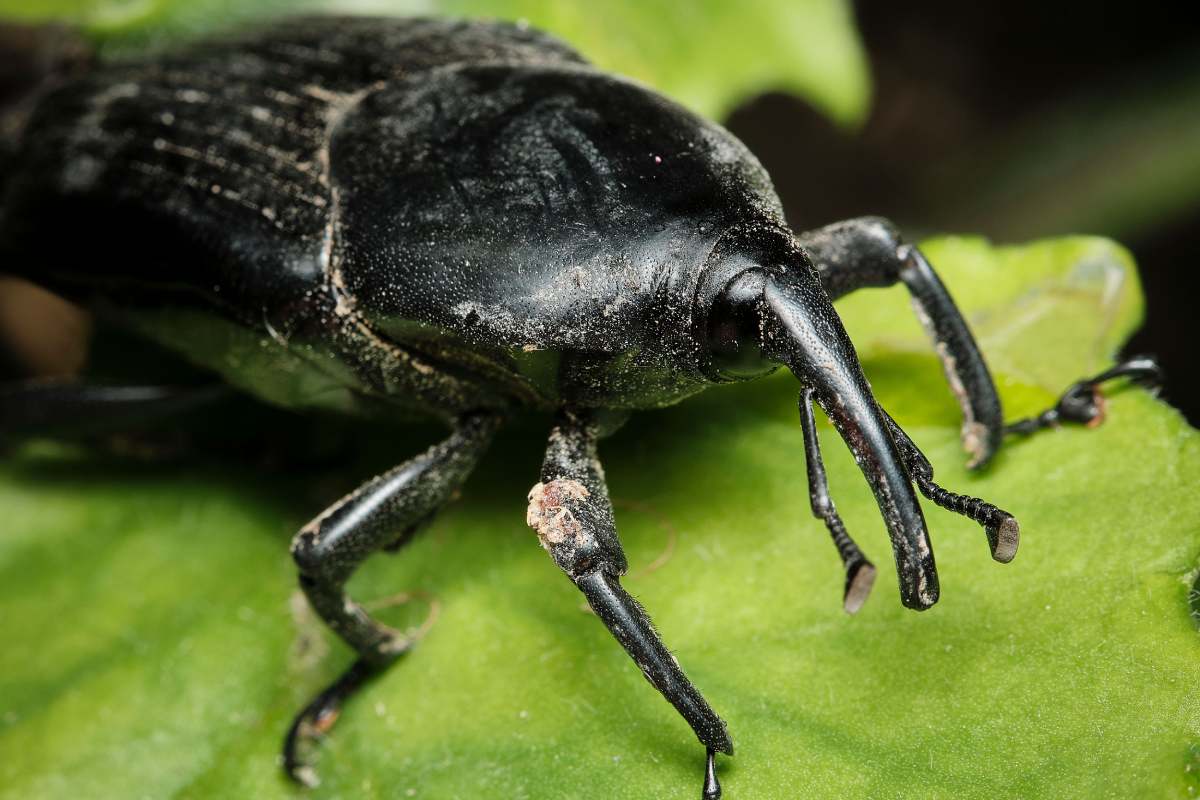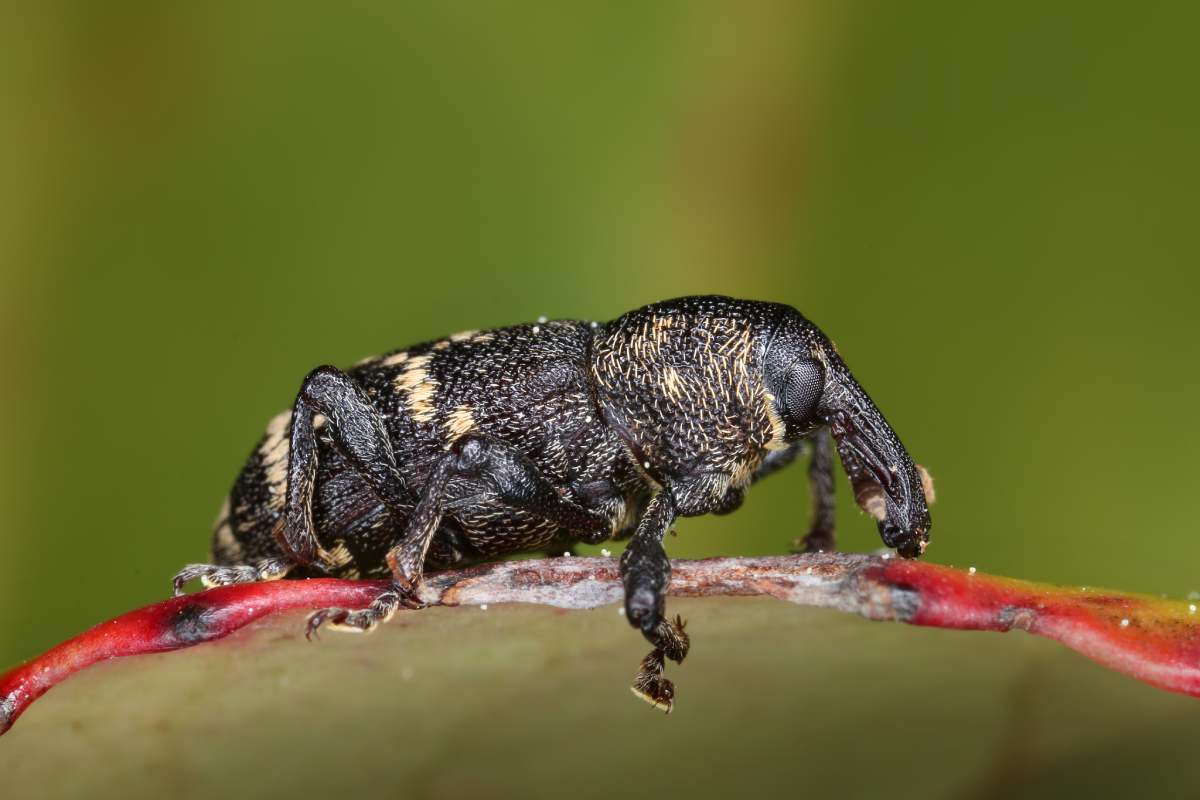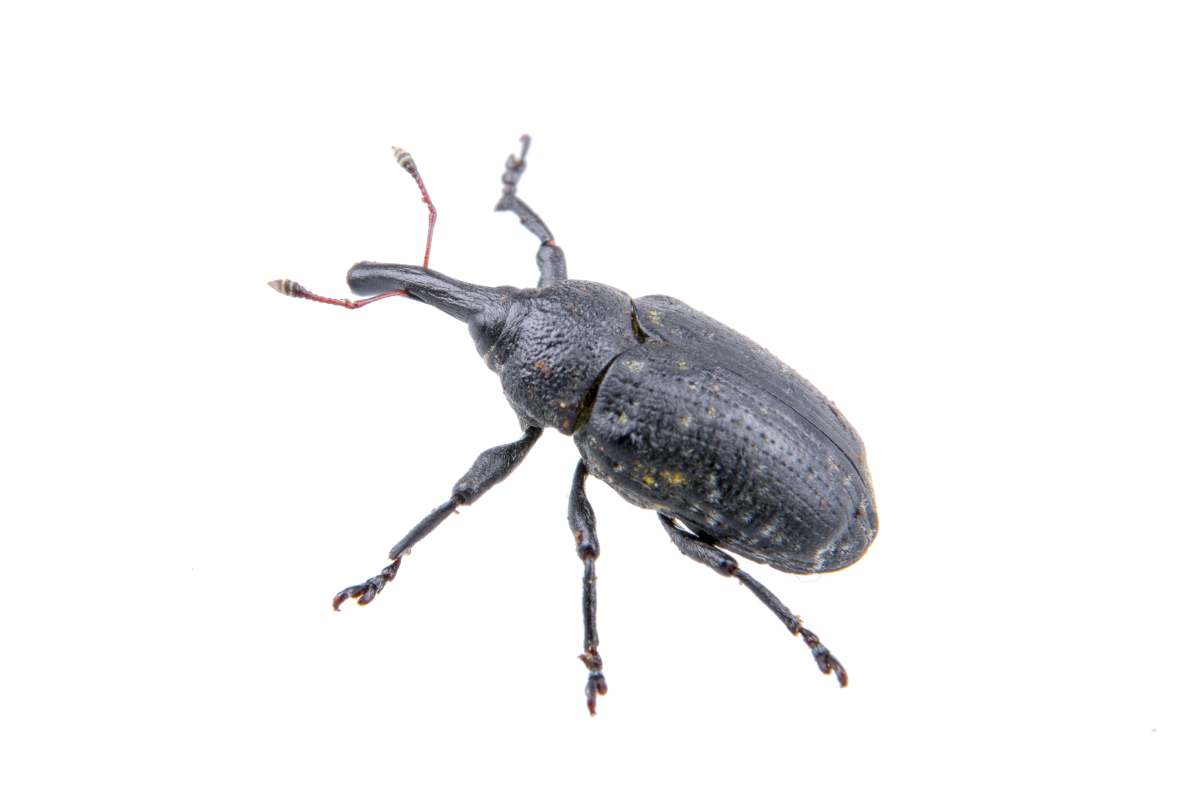
How Did I Get Weevils? How Serious Are Weevils? How to Prevent and Control Weevils?
How did I get weevils? How serious are weevils? How to prevent and control weevils? Read this for more information
Finding weevils in your pantry is an unwelcome surprise. These tiny beetles, notorious for invading grains and dry goods, can emerge seemingly from thin air, leading to annoyance and possible financial loss. Knowing what weevils are, their entry points into your home, and the steps to detect and thwart an infestation is key to keeping your kitchen clean and free of pests.
This guide will walk you through the necessary details about weevils, including how to spot an infestation and the best ways to prevent and manage them.
You might also read:
- 10 Common Symptoms in Cats That Require Immediate Veterinary Attention
- Is it okay to sleep with my dog in bed? When shouldn’t I let my dog in my bed?
How Did I Get Weevils?
Discovering weevils in your home can be a frustrating experience. These tiny beetles, known for infesting grains and other pantry staples, can seemingly appear out of nowhere. Understanding how they got there and what you can do about it is crucial for maintaining a clean and pest-free home.
What Are Weevils?
Weevils are small beetles belonging to the Curculionidae family. They are typically between 1/8 to 1/4 inch long and can be brown, black, or reddish-brown. Their most distinguishing feature is their elongated snouts, which they use to bore into grains and seeds.
There are several types of weevils, but the most common ones found in homes are the grain weevil, the rice weevil, and the maize weevil. These pests are notorious for infesting stored food products, especially grains, rice, flour, and cereals.
How Do Weevils Get Into Your Home?
- Infested Products from the Store: The most common way weevils enter homes is through infested food products bought from the store. Sometimes, the infestation starts at the manufacturing or storage facility before the products even reach the shelves. When you bring these products home, the weevils come along.
- Packaging Issues: Even though most packaged foods are sealed, weevils can sometimes find their way in through tiny holes or gaps in the packaging. They are small enough to penetrate these openings, making even seemingly secure packages vulnerable.
- Spreading from Other Infested Products: If you already have a few infested items in your pantry, the weevils can spread to other nearby products. They can chew through packaging to move from one food item to another, expanding their reach.
- Poor Storage Conditions: Improperly stored food, such as open containers or loosely sealed bags, provides easy access for weevils. Humid and warm environments also create ideal conditions for these pests to thrive and multiply.
- Hitchhiking on Other Items: Occasionally, weevils can hitch a ride into your home on non-food items, especially if they were stored in areas where weevils are present. This could include packaging materials, bags, or even second-hand furniture.
How Serious Are Weevils?
Weevils, while a nuisance, are not typically considered a serious threat to human health or the structural integrity of homes. However, their presence can cause significant inconvenience and economic loss, especially if they infest large quantities of stored food.
Here are some key points to understand the seriousness of a weevil infestation:
Impact on Food Supplies
- Food Contamination: Weevils infest and lay eggs in grains, flour, rice, and other dry food products. As they feed and breed, they contaminate food, making it unappetizing and often unsafe to consume. Infested food may have weevil larvae, pupae, or adult insects, along with their waste products.
- Economic Loss: An infestation can lead to the disposal of large quantities of food, resulting in financial loss. This is particularly concerning for businesses like bakeries, restaurants, or food storage facilities, where bulk food supplies are critical.
Health Concerns
- Allergic Reactions: Some people may have allergic reactions to weevils or their waste products, experiencing symptoms such as skin irritation or respiratory issues. However, these cases are relatively rare.
- Bacterial and Fungal Growth: While weevils themselves do not transmit diseases, their presence can promote the growth of bacteria or fungi in infested food, especially if the food is kept in humid conditions. Consuming contaminated food can lead to foodborne illnesses.
Structural Damage
- Limited to Food Products: Unlike termites or carpenter ants, weevils do not cause structural damage to homes. Their activity is confined to food products, and they do not chew through wood or other building materials.
Psychological Impact
- Stress and Frustration: Dealing with a weevil infestation can be stressful and frustrating. The thought of insects in the pantry can be unsettling, and the repeated effort to clean and prevent re-infestation can be exhausting.
Prevention and Control
- Preventive Measures: Taking steps to prevent weevils is crucial. Proper storage of food in airtight containers, regular pantry cleaning, and inspecting food products before purchase can help keep weevils at bay.
- Elimination: If an infestation occurs, removing infested items, thoroughly cleaning the pantry, and storing remaining food properly are essential steps to eliminate weevils. Freezing newly purchased grains and flour can also prevent eggs from hatching.
Overall Seriousness
While weevils do not pose a severe health risk or cause structural damage, their impact on food supplies and the associated economic loss can be significant. Their presence can lead to considerable inconvenience and stress, emphasizing the importance of preventive measures and prompt action if an infestation occurs.
Maintaining a clean and well-organized pantry, inspecting food items regularly, and using airtight containers are key strategies to manage and prevent weevil infestations effectively.
What Are the Signs of a Weevil Infestation?
Recognizing the signs of a weevil infestation early is crucial for preventing widespread contamination of your pantry and food supplies. Here are the key indicators that you might have a weevil problem:
Visual Signs
- Live Weevils:
- Spotting live weevils in your pantry or food storage area is the most obvious sign. Weevils are small, usually between 1/8 to 1/4 inch long, and can be brown, black, or reddish-brown. They have elongated snouts and are often seen crawling on shelves or inside food packages.
- Dead Weevils:
- Finding dead weevils in or around food packages can also indicate an infestation. Check the bottoms of containers or bags where dead insects might accumulate.
- Larvae and Pupae:
- You might see larvae (small, white, worm-like creatures) or pupae (immature insects in the process of developing into adults) in infested food products. These are often more challenging to spot than adult weevils but are a clear sign of an ongoing infestation.
Signs in Food Products
- Small Holes in Grains or Packaging:

- Weevils bore tiny holes into grains and seeds to lay their eggs. You might notice these holes in individual grains or seeds. Additionally, small holes in packaging, especially cardboard or plastic bags, can indicate that weevils have entered or exited the package.
- Clumped or Discolored Grains:
- Infested grains or flour might clump together due to the moisture and webbing created by weevil activity. You might also notice a change in colour or texture.
- Webbing:
- Some species of weevils, like the rice weevil, produce fine webbing as they feed and move through grains. This webbing can cause grains to stick together and is often visible when you inspect the contents closely.
Pantry and Storage Area Clues
- Weevil Droppings:
- Small, granular droppings, sometimes mixed with food particles, can be found in infested food products or on pantry shelves. These droppings are a telltale sign of weevil activity.
- Weevil Activity on Shelves:
- Weevils might be seen crawling on pantry shelves, particularly near infested food items. If you notice weevils outside of food packages, it indicates they are spreading and infesting multiple items.
Unusual Smells
- Musty Odor:
- A musty or unpleasant odour coming from your pantry or food storage area can be an indication of an infestation. This smell is often associated with the activity of weevils and the spoilage of food products.
How to Confirm an Infestation
- Inspect Food Packages:
- Regularly check food packages for signs of weevil activity, such as holes, webbing, or live insects. Pay particular attention to grains, flour, rice, and cereals.
- Sift and Examine Contents:
- Pour suspected food items onto a white plate or surface and sift through them. This makes it easier to spot small weevils, larvae, or pupae.
- Monitor for New Activity:
- After cleaning and discarding infested items, continue to monitor your pantry for any new signs of weevil activity. This helps ensure that you catch any remaining or newly introduced weevils before they can spread.
How to Prevent Weevils
- Inspect Food Before Purchase: Carefully examine food packages for any signs of damage or small holes before buying them. Avoid purchasing products that appear compromised.
- Proper Storage: Store grains, flour, rice, and other dry foods in airtight containers made of glass, metal, or thick plastic. This prevents weevils from getting in and helps to contain any existing infestations.
- Regular Cleaning: Keep your pantry clean and free of crumbs or spills. Regularly vacuum shelves and corners to remove any potential food sources for weevils.
- Use Bay Leaves: Placing bay leaves in your pantry and storage containers is a natural deterrent for weevils. The strong smell of bay leaves can help keep these pests at bay.
- Freeze New Purchases: Freezing grains and flour for at least four days after purchase can kill any weevil eggs or larvae present, preventing them from hatching and infesting your pantry.
- Check for Infestations Regularly: Regularly inspect your pantry and store food items for any signs of weevils. Catching an infestation early can prevent it from spreading.
Dealing with an Infestation
If you discover weevils in your pantry, take the following steps to eliminate them:
- Remove Infested Items: Discard any infested food items immediately. Be sure to check all products in your pantry, as weevils can spread quickly.
- Clean Thoroughly: Empty your pantry and thoroughly clean it, vacuuming shelves, corners, and crevices. Use soapy water or a mixture of water and vinegar to wipe down surfaces.
- Store Food Properly: After cleaning, transfer all remaining food items to airtight containers to prevent re-infestation.
- Monitor for New Activity: Keep an eye on your pantry for any signs of new weevil activity. If you spot more weevils, repeat the cleaning and storage steps.
Understanding how weevils get into your home and taking preventive measures can help keep these pests at bay, ensuring your pantry stays clean and your food remains safe to eat.
Conclusion
Weevils might not pose a serious risk to your health or your home’s integrity, but they sure can be a nuisance and hit your wallet hard. Getting to know how these little critters make their way into your space and spotting the early signs of their presence can go a long way in keeping them at bay.
Make it a habit to check your food stocks, store everything properly, and keep your pantry spick and span. A bit of prevention can save you a lot of trouble, ensuring your pantry stays clear of weevils. Quick action at the first hint of weevil trouble will safeguard your provisions and make your kitchen a nicer place to be.
